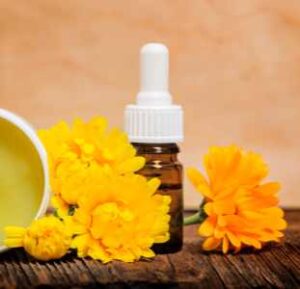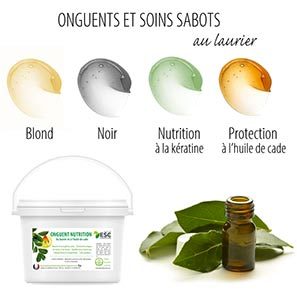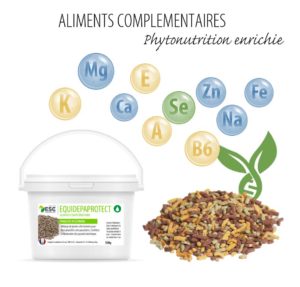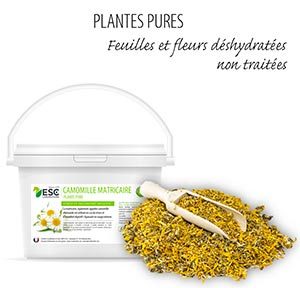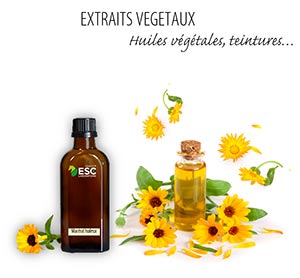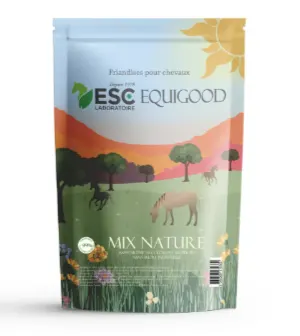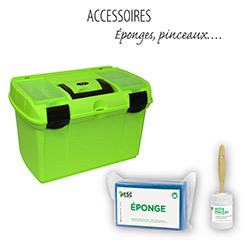Understanding the heats in mares
In owners of mare, the arrival of spring often leads with him the return of heat. The periods of heat echo the activity ovarian mare. This article will allow you, in the form of questions/answers, to understand and react to this problem.
What are the « heat » A mare?
The first heat usually appear around the age of 18 months. The mare are fertile when cycles for some part of the year. Activity cycle of the mare is related to certain factors such as temperature or sunlight. The mares are therefore seasonal polyestrians.
When do they appear?
The ovarian cycles of the mare adult only appear during the beautiful season (usually from April to October). However, some mare present an activity ovarian during winter (but these cases are rather rare).
Activity cycle a mare disappears when the days are short, especially in autumn and winter. The latter reappeared when the days lengthened as in spring and summer.
What is the duration of a cycle?
The average duration of ovarian cycle of the mare is 21 to 22 days. However, we can see a change in the duration of the cycle Depending on the season. These will generally be shorter during the summer.
What are the different phases of the ovarian cycle?
There are two phases: ovarian cycle of the mare: the phase follicular and phase luteal
Phase 1: The follicular phase « Heat »)
This phase, also called oestrus lasts on average 4-7 days. The phase follicular represents the « heat » of the mare during which the latter is ready to reproduce and accepts the standard.
The mare has a gland located at the base of the skull called lpituitary disease. During the phase follicularThis gland produces a hormone folliculostimulant which stimulates the growth of a follicle Containing a certain number ofoocytes.
The follicle products estrogen during maturation. The latter are hormones with the aim of preparing the body of the mare for a possible pregnancy.
During this period, you can observe different clinical signs such as:
- The tail raised,
- Urine jets,
- The vulva that « flash »,
- The camped position,
Once maturation is complete, i.e. when the level ofestrogen reached a certain threshold in the blood, l‘ pituitary stops secretion offolliculostimating hormone and generates a thrust ofluteinizing hormone.
This new hormone therefore causes the rupture of the follicle. The ovule is expelled into the uterine tubes and therefore allows for ovulation. Usually within the last 24 to 48 hours of the phase follicular.
Phase 2: the luteal phase
During this phase, the mare does not exhibit any particular behavior but refuses mating. Its reproductive system is no longer able to receive fertilization. Also called dioestrusThe average duration of this phase is 14 to 15 days on average.
In this second phase, the follicle continues to develop and change thanks to hormones luteinants that he received. It quickly transforms into yellow body.
The yellow body will produce progesterone (a hormone) having an effect on pituitary disease by blocking the production offolliculing hormones and luteinants in order to return to a phase follicular preventing pregnancy.
For about ten days, the yellow body remains functional for a dozen days. Without fertilization, the latter is destroyed by the prostaglandina new hormone. Production progesterone being stopped, lHypophysis reproduced hormone folliculostimulant, which leads to a new cycle.
Changing behaviour
During the heat (phase follicularIt is common to notice changes in behaviour in mare. These changes can lead to mood swings, stress, stiffness, colic or even aggressiveness. These symptoms reflect the pain supported by the mare. In order to relieve it as best as possible, it is initially recommended to use a gynecological examination performed by your veterinarian. In addition to its usual ration, the plant treatment and/or Supplement with a basis of dvegetable extract liquids will naturally relieve your mare.
Our product selection ESC Laboratory:
1) Regul Plusa supplement formulated on the basis of:
- Gatillier : known for its beneficial action on ovarian pain, the tree of chastity is of interest for its soothing virtues on the whole too hot.
- Filled with millet Anti-spasmodic virtues
- Hops having sedative virtues and regulating irritability
- Licorice : softening properties, liquorice also helps relieve inflammations.
These liquid plant extracts help regulate hormonal cycles and alleviate ovarian pain.
2) Gattilier Many studies have shown the beneficial effect of Gattilier on premenstrual syndromes, including mood changes such as irritability or hyperemotion.
3) Regulmix : a mixture of 8 plants selected for their beneficial action on ovarian pain to alleviate behavioral problems of mare.


